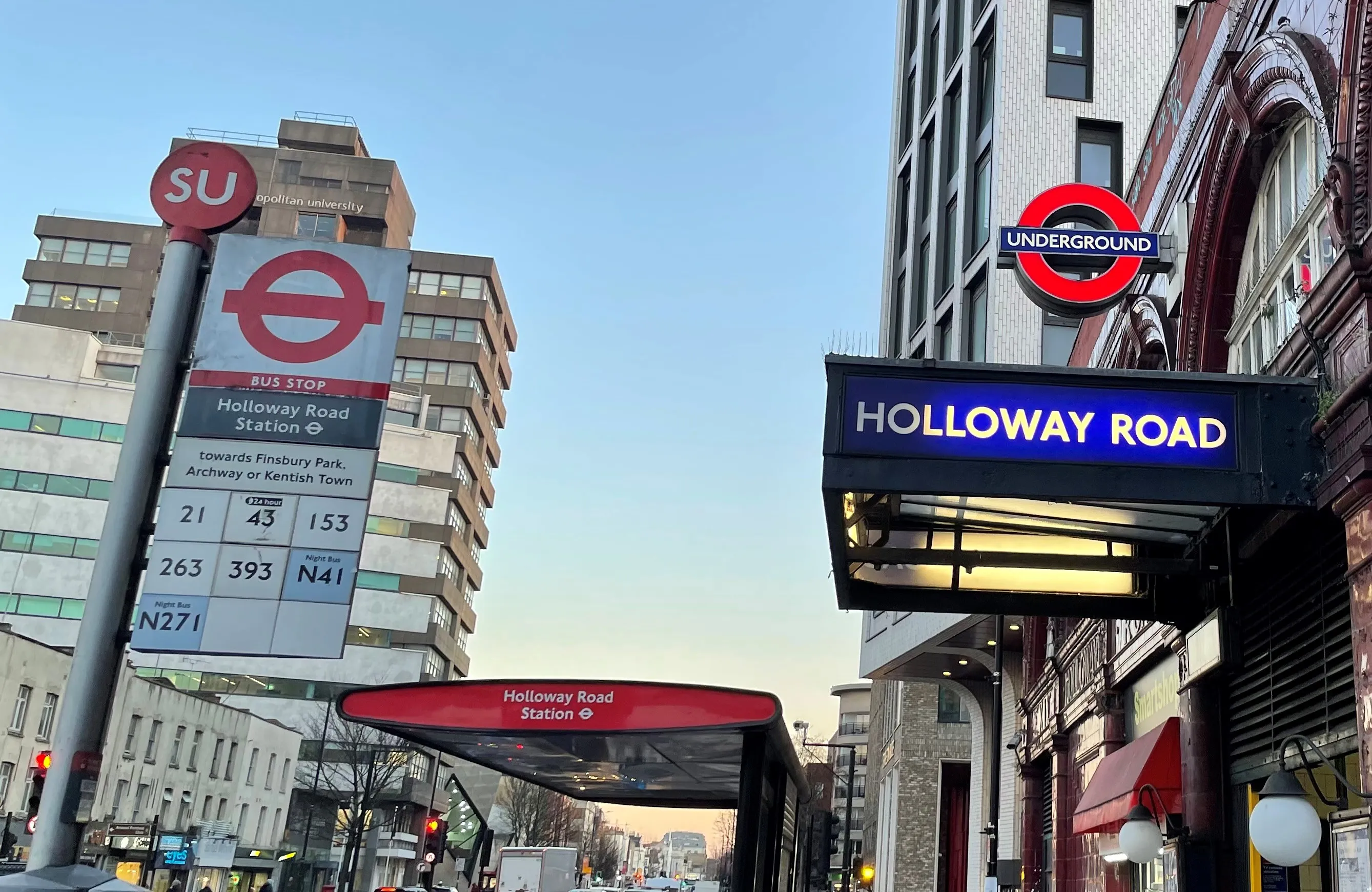US-based provider of machine-to-machine (M2M) and IoT connectivity products and services Digi International has supplied its Digi ConnectCore 6 (Digi CC6) system-on-module to drive Ecotive's Range Extended Electric (REE) Metrocab taxi – said to be the only zero-emissions-capable black cab currently operating in London.
The taxi's core powertrain and infotainment systems, which have been developed by Frazer-Nash Research, use the Digi CC6 to drive the Metrocab's entire driver instrumentation and passenger
June 27, 2016
Read time: 2 mins
US-based provider of machine-to-machine (M2M) and IoT connectivity products and services Digi International has supplied its Digi ConnectCore 6 (Digi CC6) system-on-module to drive Ecotive's Range Extended Electric (REE) Metrocab taxi – said to be the only zero-emissions-capable black cab currently operating in London.
The taxi's core powertrain and infotainment systems, which have been developed by Frazer-Nash Research, use the Digi CC6 to drive the Metrocab's entire driver instrumentation and passenger displays. Frazer-Nash utilises the module in processing information from the drivetrain to the instrument display and in providing wireless connectivity to deliver real-time information, application updates and a more interactive driver and passenger experience.
The taxi is driven by two electric motors with a 1-litre petrol engine coupled with a generator (the range extender) which charges the battery pack. Alternatively, charging can be achieved via any mains outlet, ensuring lower fuel consumption. This configuration, and the sophistication of the powertrain, allows the driver many charging options to maximise their efficiency. The Digi CC6 has been designed to prov
ide a fuller array of instrumentation, providing information on drive mode, speed, fuel economy and battery state of charge. It also provides trip information, distance, level of emissions and general information such as time, temperature, location via GPS and live weather reports.
The Digi CC6 also processes and powers an infotainment system that offers drivers Digital Audio Broadcasting (DAB) radio, FM radio, CD player, MP3, satellite navigation and an in-cab gaming system. For passengers, a rear display and wi-fi connectivity allow for smart phone mirroring and internet access. The rear display can also be used for location-aware advertisements, creating a new revenue source for taxi drivers.
The taxi's core powertrain and infotainment systems, which have been developed by Frazer-Nash Research, use the Digi CC6 to drive the Metrocab's entire driver instrumentation and passenger displays. Frazer-Nash utilises the module in processing information from the drivetrain to the instrument display and in providing wireless connectivity to deliver real-time information, application updates and a more interactive driver and passenger experience.
The taxi is driven by two electric motors with a 1-litre petrol engine coupled with a generator (the range extender) which charges the battery pack. Alternatively, charging can be achieved via any mains outlet, ensuring lower fuel consumption. This configuration, and the sophistication of the powertrain, allows the driver many charging options to maximise their efficiency. The Digi CC6 has been designed to prov
ide a fuller array of instrumentation, providing information on drive mode, speed, fuel economy and battery state of charge. It also provides trip information, distance, level of emissions and general information such as time, temperature, location via GPS and live weather reports.
The Digi CC6 also processes and powers an infotainment system that offers drivers Digital Audio Broadcasting (DAB) radio, FM radio, CD player, MP3, satellite navigation and an in-cab gaming system. For passengers, a rear display and wi-fi connectivity allow for smart phone mirroring and internet access. The rear display can also be used for location-aware advertisements, creating a new revenue source for taxi drivers.









